| Structure | Name/CAS No. | Articles |
|---|---|---|
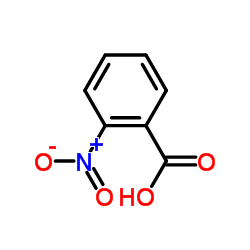 |
2-Nitrobenzoic acid
CAS:552-16-9 |
|
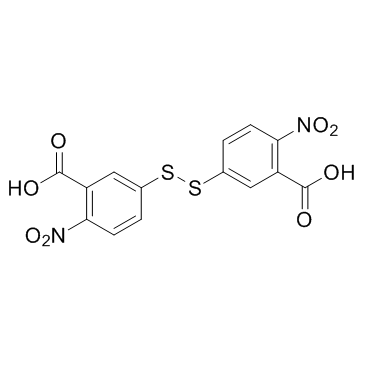 |
DTNB
CAS:69-78-3 |
|
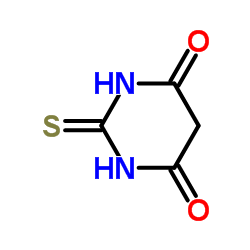 |
4,6-Dihydroxy-2-mercaptopyrimidine
CAS:504-17-6 |
|
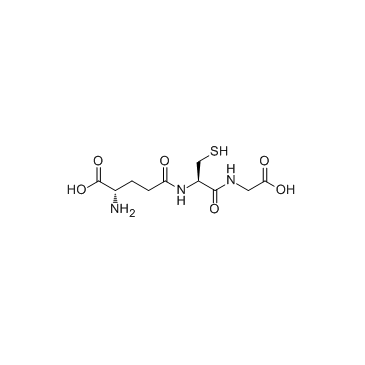 |
Glutathione
CAS:70-18-8 |
|
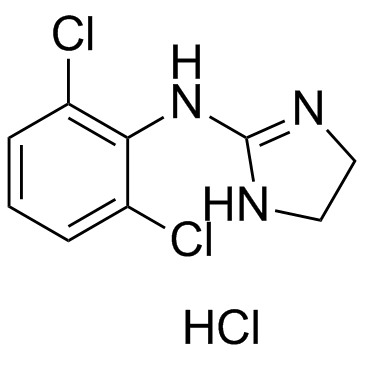 |
Clonidine hydrochloride
CAS:4205-91-8 |
|
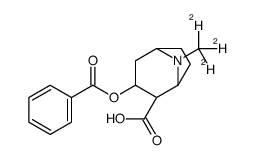 |
Benzoylecgonine-d3 solution
CAS:115732-68-8 |